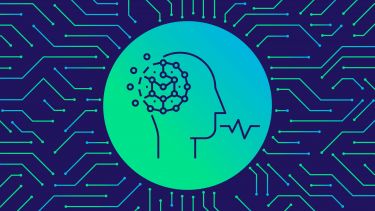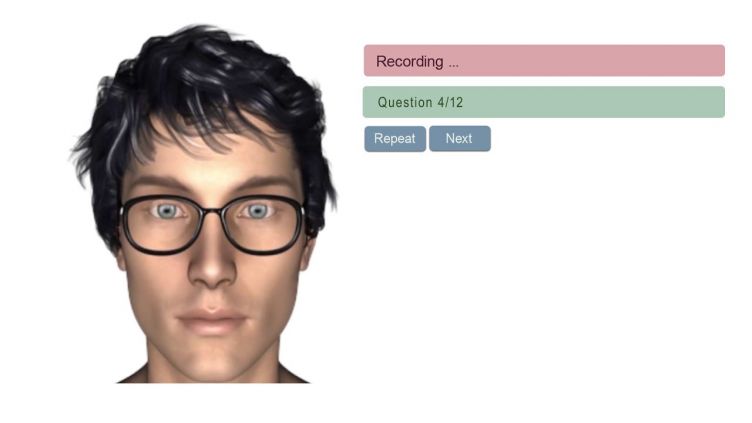Dementia: detecting it early, and slowing its progression
Scientists at the șŹĐßČĘŽ«Ăœ Institute for Translational Neuroscience (SITraN) are striving to find ways to detect dementia much earlier and investigating potential treatments to slow the progress of the disease.

We currently have no treatment that stops or even slows down Alzheimerâs disease.
Worldwide, at least 50 million people are believed to be living with the disease or other forms of dementia. Often it is the symptoms of the disease, rather than dementia itself, that result in death.
Alzheimerâs is usually only diagnosed when the symptoms become noticeable, but the impact on the brain begins a lot earlier. Scientists at SITraN are striving to find ways to detect dementia much earlier and investigating potential treatments to slow the progress of the disease.
A digital doctor to support dementia diagnosis
CognoSpeak is a tool to test for early signs of neurodegenerative dementia. The system has been developed by Dr Dan Blackburn, Dr Heidi Christensen and their interdisciplinary team.
The CognoSpeak system presents as a talking head 'digital doctor' on a computer screen. It engages the patient in a conversation â something that is known to place a high cognitive demand on multiple domains involving memory, language and attention. CognoSpeak asks memory-probing questions inspired by those used in outpatient consultations and conducts cognitive tests such as picture descriptions and verbal fluency tests.
To make a diagnosis, speech technology and machine learning is used to extract and classify distinct patterns of the personâs speech indicative of neurological dementia or functional memory disorder. As such, it is a low-cost, repeatable, non-invasive and less stressful alternative to current cognitive assessment methods. It can even be conducted in the comfort of a patientâs home.
The tool could mean memory assessment clinics can see more people, more quickly, reducing delays. It may also allow some people with cognitive complaints not due to diseases like Alzheimer's to be reassured more quickly and provided with appropriate advice and support.
During testing, the system showed 90 per cent accuracy in predicting the clinical diagnosis of functional memory disorder or neurological dementia.
New biomarker discovery could lead to a new way of screening for early signs of Alzheimer's
The discovery of a biomarker linked to the development of Alzheimerâs disease could lead to a new way of screening the elderly population for early signs of the disease.
Researchers at SITraN have discovered that a loss of cells that use dopamine may cause the part of the brain responsible for forming new memories to function less effectively.
The findings have the potential to revolutionise screening for the early signs of Alzheimerâs disease by changing the way brain scans are acquired and interpreted as well as using different memory tests.
Lead author of the study, Professor Annalena Venneri, said: âOur findings suggest that if a small area of brain cells, called the ventral tegmental area, does not produce the right amount of dopamine for the hippocampus, a small organ located within the brainâs temporal lobe, it will not work efficiently.
âThe hippocampus is associated with forming new memories; therefore these findings are crucial to the early detection of Alzheimerâs disease. The results point at a change that happens very early on, which might trigger Alzheimerâs disease. This is the first study to demonstrate such a link in humans.â
Treating Alzheimerâs patients with a liver disease drug
SITraN researchers have found that a drug that has been used to treat liver disease for decades could help to restore cells damaged by Alzheimerâs disease.
A pioneering study, funded by Alzheimerâs Research UK, discovered the drug ursodeoxycholic acid (UDCA) improves mitochondrial dysfunction â which is known to be a causative factor for both sporadic and familial Alzheimerâs disease.
Dr Heather Mortiboys, Senior Research Fellow at SITraN said, âAs the drug is already in clinical use for liver disease, this speeds up the potential time it could take to get this drug to the clinic for patients.â She added, âMost importantly we found the drug to be active in cells from people with the most common type of the devastating disease â sporadic Alzheimerâs â which could mean it has potential for thousands of patients.â

